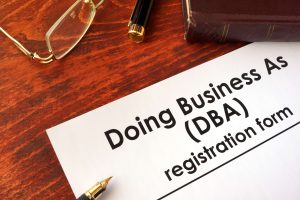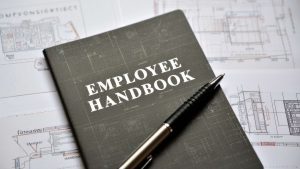 A key step in any Texas mergers and acquisitions (M&A) transaction is signing a letter of intent (LOI). The LOI outlines the primary terms agreed upon for the proposed deal and serves as a roadmap for conducting due diligence and progressing toward a final purchase agreement and closing. The experienced Texas M&A attorneys at Structure Law Group can guide and represent you, whether you’re a buyer or seller, to ensure your best interests are thoroughly protected during LOI negotiations.
A key step in any Texas mergers and acquisitions (M&A) transaction is signing a letter of intent (LOI). The LOI outlines the primary terms agreed upon for the proposed deal and serves as a roadmap for conducting due diligence and progressing toward a final purchase agreement and closing. The experienced Texas M&A attorneys at Structure Law Group can guide and represent you, whether you’re a buyer or seller, to ensure your best interests are thoroughly protected during LOI negotiations.
Is a Letter of Intent Binding?
In most cases, the LOI is non-binding except for a few provisions. This is because the signing of a LOI generally occurs before the buyer has a chance to conduct due diligence. So, the buyer must rely almost exclusively on the seller’s representations about the condition of its business. Few buyers would bind themselves to a binding agreement–especially with regard to a purchase price–until they have had the chance to verify these representations for themselves.
 Business Lawyers Blog
Business Lawyers Blog











